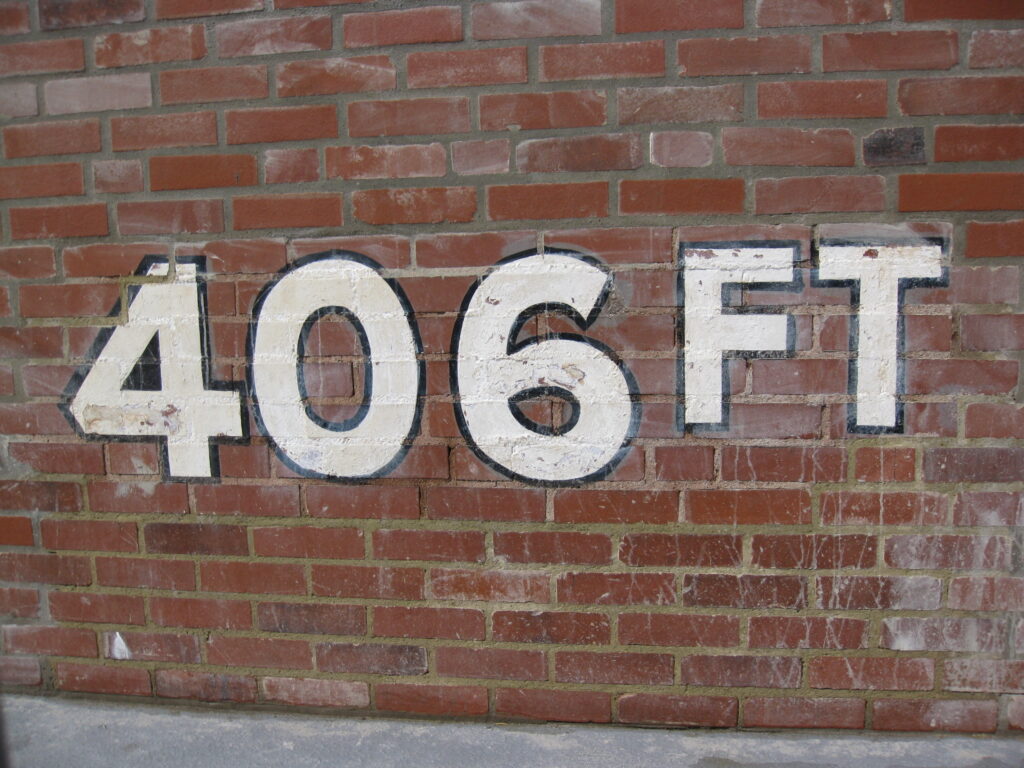
Fail Fast, Fail Often. – Alleged Lean Startup Proverb
I have had my first set-back at ZENECIST. The “green” product design I’ve had running in the back of my mind for years, for which I produced a set of drawings a custom fabricator could evaluate, has failed the do-ability test.
That is, it can’t be made for a cost for which I could sell it as a good value.
You see, to make money on products such as the one I had in mind, aimed at the $19-24.99 target markets you find in the Publisher’s Clearinghouse database or direct marketing TV & online media, you look for a multiple of at least 6. That is, a $19.99 product must be landed at a distribution center for $3.33, with advertising, fulfillment, operations & administration, and profits accounting for the $16.65 remaining.
Knowing What I Don’t Know
Given I’ve never manufactured a product myself and have only helped clients as relates to marketing their innovations, there’s a lot I simply don’t know on the subject. And somehow, the arrogance of my youth, the sense of infallibility and destiny, has delightfully deserted me for a much more pragmatic and simplified point of view.
The first step in my process: get immediate feedback from experts. So once I had my product drawings I contacted a local fabricator, and as luck would have it I connected with a pro named Tom, the VP of Sales for a fabricator who offered 3 different fabrication methods, including injection molding for which I thought my product a candidate.
A quick cut to the chafe*: while the idea was appreciated, the mold alone for my product would be about at least $50k, and until we really got to the manufacturing to scale each would cost $9+ to make and $54 at retail using a multiple of 6 rule.
That is, a minimum viable product required a $75K investment. And at this price, there was no possibility of prototyping the product for market evaluation prior to full production. While possible for some, it was way out of my budget; I don’t think market research alone could provide anyone with enough assurance of its viability, much less its value at the opening price point.
Swish—into the circular file it flew. You’d think I’d be crushed. I am not.
Because while the tool as designed was impossible, the need for its function remains.
That’s really where working with pros helps. You see, as Tom and I talked it through, he had an idea where I could create a product offering the same function, with more user options and flexibility, for a fraction of the cost of my first design. And, the tooling and manufacturing/product assembly were greatly simplified; I even anticipate being able to complete the prototype assembly by hand to start.
The elegance of simplicity again wins the day. I’m no longer obsessing on this product; it’s onto what’s next. And yes, a door closes, a window opens. At age 72 I have never known it to be otherwise. In fact, I see a crack in one from which I think this old mofo creator can pivot.
I’m curious to see to where it leads.
Peace, T-
* FYI—the real phrase, ‘cut to the chafe’ not ‘the chase’, was born out of a metaphor related to farmers harvesting grain, freeing the fruit from its stalk—cutting to the chafe—and not, annoyingly, from a Fast & Furious movie. (Doh! And stay off my lawn you whippersnappers!)

